Have you ever thought about what your clothes are made of? You might not like the way some fabrics feel. Maybe these fabrics are easy to pill and snag, or maybe they are hard to wash. Or perhaps you don’t let it bother you at all.
No matter what, here’s an important question: how do these fabrics contribute to the environment?
The textile industry is the largest in the world in production and consumption. According to research, the production of textiles accounts for 3% to 6.7% of global greenhouse emissions and uses 4% of the world’s fresh water. Manufacturers prefer using this for various end-use products, and have many harmful environmental impacts, such as air, water, and soil pollution.
Throughout this article, we will explore sustainable fabric, what makes it sustainable, how to tell if a material is sustainable, and the best sustainable products on the market.
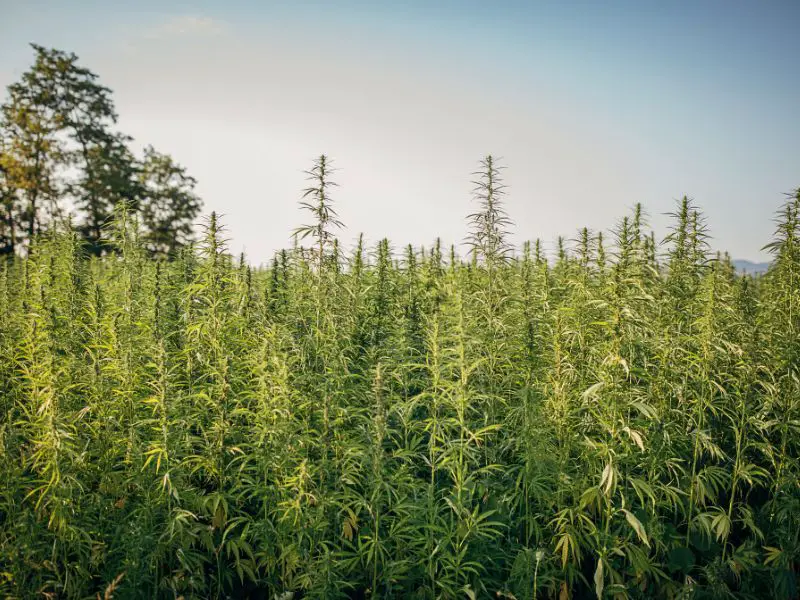
What Makes a Fabric Sustainable?
Defining a sustainable fabric comes in three ways.
1. Raw Materials
With all the types of fabrics available, it can be challenging to know which is the most sustainable. Natural fibers are made from plant or animal fibers and are much more tolerable than synthetic fibers. These fibers are biodegradable, meaning they decompose quickly without damaging the environment.
Here are some essential questions to ask: Does it originate from the slaughter of animals, does it exploit raw resources, or does it contribute to the destruction of farming and agricultural practices? Or were the materials recycled or grown in a way that did not harm the environment?
2. Materials Processing
A sustainable fabric is made of a material that manufacturers process in a chemical-free manner. The traditional manufacturers create fabrics from a petroleum-based material that requires chemical processing to be completed and dyed into different colors. This can lead to a range of health problems for employees in the textile industry.
On the other hand, manufacturers can make sustainable fabrics from natural materials such as bamboo, hemp, avocado leaves, and sugarcane. When processed naturally, these fabrics do not require any chemical processing, which limits the number of chemicals released into the environment. This makes them much better for the environment.
3. Product’s End-of-life
Third, consider how you dispose of the product or whether it will adversely affect people or the environment. This is huge since textiles account for 7.7 percent of all municipal solid garbage landfills.
When choosing a fabric, it is essential to know if it will survive many years and whether it can be recycled or composted when it is no longer wearable. If a piece of fabric is obtained and handled in an environmentally responsible manner and has potential beyond its function as a garment, it can be considered sustainable.

Ways to Tell Whether Fabrics Are Sustainable
Here are some things to determine when the product you’re trying to shop for is sustainable.
Fairtrade Certified
Fairtrade is a system that certifies that farmers are getting a fair deal. It ensures that producers receive a reasonable price for their crops and that their working conditions are safe.
This certification system is essential as it helps eliminate unfair practices from farming communities worldwide. If a producer receives Fairtrade certification, their crops are produced under specific ethical and environmental standards.
Cradle to Cradle
Cradle to Cradle is a certification ranked as one of the top ten sustainability programs in the world by the World Economic Forum. It is an advanced design approach to creating safe products that can be safely returned to the environment, consumed, or reused as industrial inputs.
Fabrics or clothing products may be certified as Basic, Silver, Gold, or Platinum, depending on efforts in areas such as eco-materials, social responsibility, water efficiency, renewable energy, and recycling.
GOTS Certified
Prominent standards organizations created the Global Organic Textile Standard (GOTS) to harmonize current standards in sustainable textile processing. This standard examines all fabric production steps, including raw material collection, manufacture, and appropriate labeling.
Made in Green
The Made in Green badge confirms that a product was produced in facilities that honor the environment and workers’ universal rights. This enables customers to understand where their textiles and clothing come from.
Oeko-tex
The International Oeko-Tex Association certifies textiles as chemically safe since they have passed their stringent testing for hazardous compounds. When shopping for a textile product, look for the Oeko-Tex STANDARD 100 mark to ensure that no harmful substances are used in the item’s production.
The Top Sustainable Eco Fabrics in the Market
There is a wide variety of sustainable and environmentally friendly materials available. Listed below are the ones used most often at the moment.
Plant-based Fibers
1. Recycled Cotton
Organic cotton is a more eco-friendly substitute for regular cotton, and its popularity has recently increased. In principle, it seeks to reduce the environmental effect of cotton production by eliminating hazardous pesticides and other chemicals from the manufacturing process. GOTS-certified cotton is often recommended for carefully farmed cotton that is kinder to the environment and its producers. According to New York Times, “at the core of the issue is an opaque certification system rife with opportunities for fraud.”
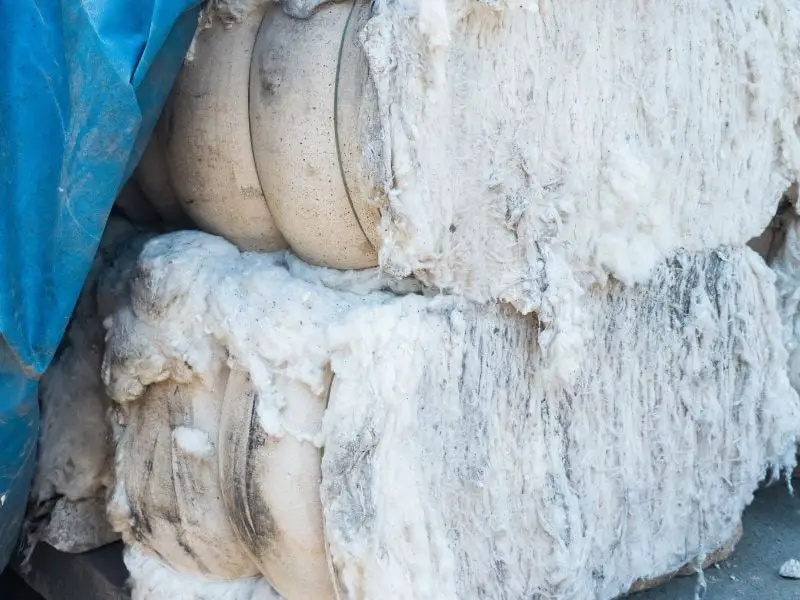
2. Organic Hemp
Organic hemp fabrics are made from the fibers of industrial hemp plants. When grown organically with no pesticides, these fibers are environmentally friendly and developed to be strong and durable. Organic hemp fabrics are typically dyed using natural dyes such as madder root or indigo and are frequently used for apparel and home furnishing purposes. Hemp fabrics are valued for their breathability, sustainability, and non-toxicity, making them a perfect option for anyone seeking an eco-friendly material.
3. Organic Linen
Organic linen is a sustainable fabric; its production does not involve harmful chemicals or pesticides. Linen is also widely recyclable and biodegradable, making it a good choice for people who care about the environment. Linen is also becoming increasingly popular among fashion designers due to its unique texture and versatility in different patterns. Just like hemp, linen comes from the flax plant—a very versatile material that is moth resistant and, when not treated, 100% biodegradable.
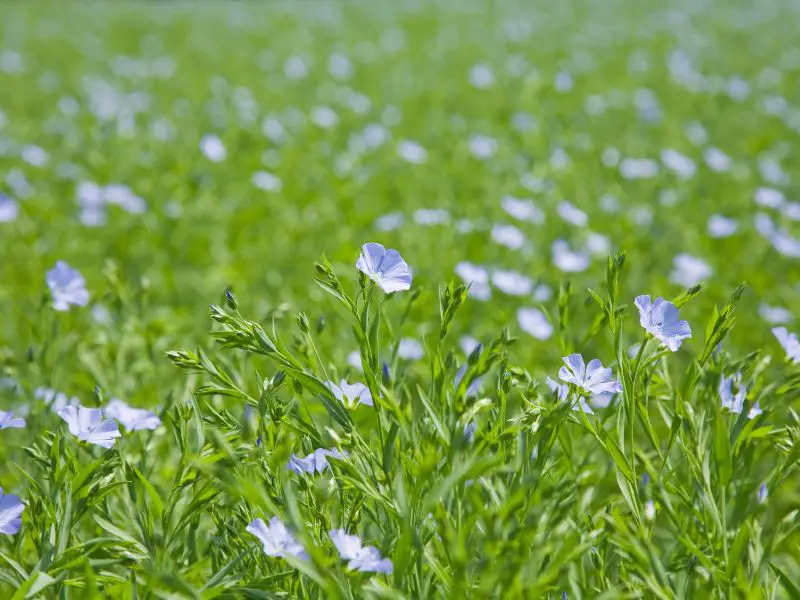
Animal Derived Materials
1. Recycled Wool
Wool is a durable animal-based fiber noted for its warmth and comfort. In its natural state, Wool is a resource-intensive material with attendant ethical considerations. Recycled Wool, such as that traditionally treated in Italy by Manteco, considerably minimizes environmental and ethical implications. With so much of the fiber already in circulation, it is becoming a popular alternative for recycling.
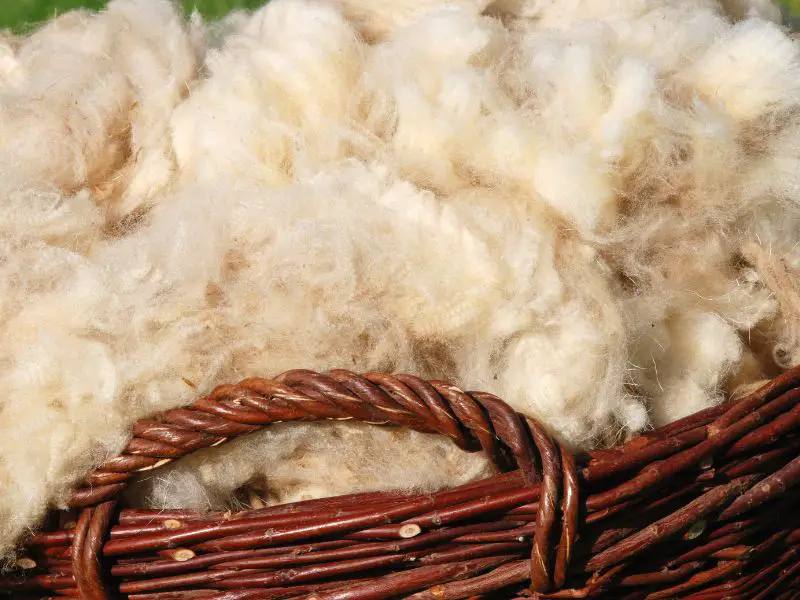
Innovative Fabrics
Bamboo
Bamboo fabric is 100% natural and biodegradable. It proliferates and reaches maturity in as little as 5 years. This makes it an excellent choice for a sustainable material. Bamboo doesn’t use pesticides or fertilizers to grow, making it one of the most eco-friendly fabrics. Bamboo fabric also helps with allergies because of its hypoallergenic properties.
ECONYL
Aquafil launched ECONYL® in 2011; currently, manufacturers prefer this alternative to virgin nylon due to its composition. This recycled nylon is derived from industrial plastic, scrap textiles, and fishing nets and is produced using a closed-loop system that saves water and reduces waste. As with virgin polyester, nylon, and plastic, ECONYL® may still shed microplastics; thus, a washing bag or occasional washing is recommended.

Piñatex
Piñatex provides a sustainable alternative to animal byproducts and contentious fabrics, despite the continued controversy between leather and vegan leather. Invented in 2017 by Ananas Anam, Piñatex is from leftover pineapple leaves that would have been burnt otherwise. It can also biodegrade spontaneously unless combined with petroleum-based glue, as is sometimes the case.
Related: All About Piñatex, How to Make Pineapple Leather
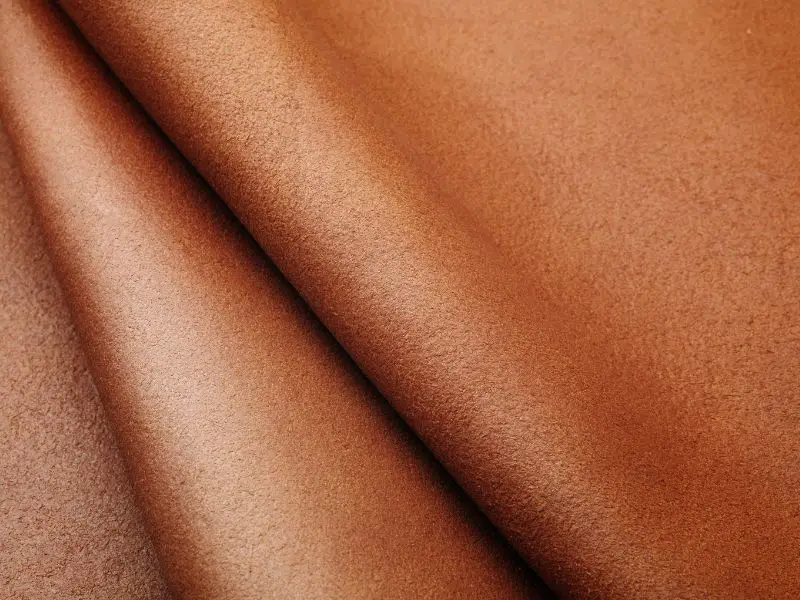
Silk
Silk is produced by silkworms that consume only mulberry tree leaves, which are resistant to contamination and simple to cultivate. The properties of this plant allow the manufacturing of silk to be very waste-free. But since silk needs animal labor, it’s important to research companies and verify they use ethical manufacturing practices.

Bananatex ®
Bananatex® is the world’s first durable fabric created entirely from banana plants. It was introduced to the market in 2018 by the Swiss company QWSTION. The banana plant is believed to be self-sufficient since it does not need any additional water, pesticides, or fertilizer when grown in countries like the Philippines, where it is cultivated using a combination of agricultural and forestry practices.
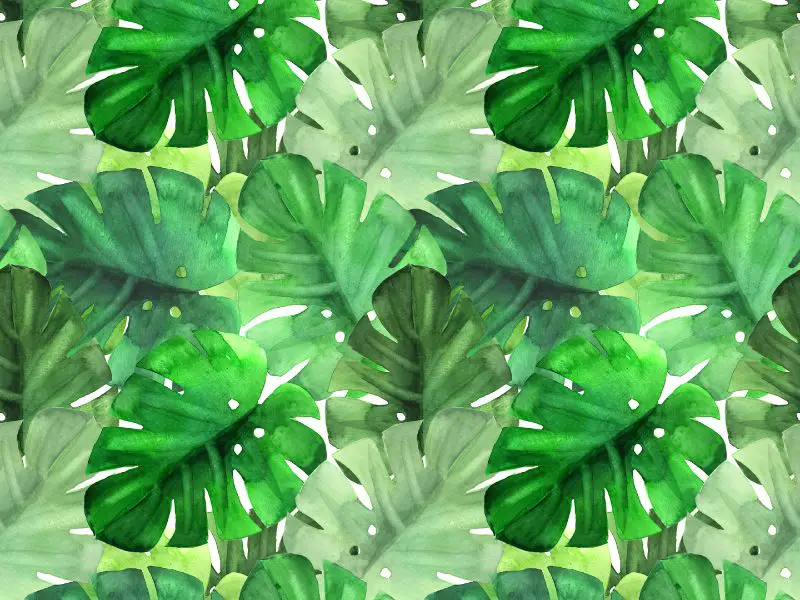
Author’s Note
So, what’s the bottom line? Reading clothing labels is essential, yet you can’t always trust brands. A responsible firm would prioritize openness and have a section or page devoted to the textiles they use on their website.
However, many manufacturers don’t do this, which is where this background knowledge is helpful. You’ll be able to tell the difference between imposters and genuine products in no time! So the next time you shop for new clothes, pick the most sustainable fabric possible.

